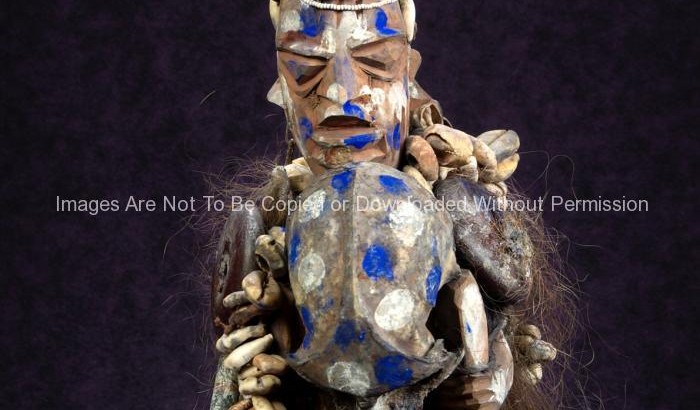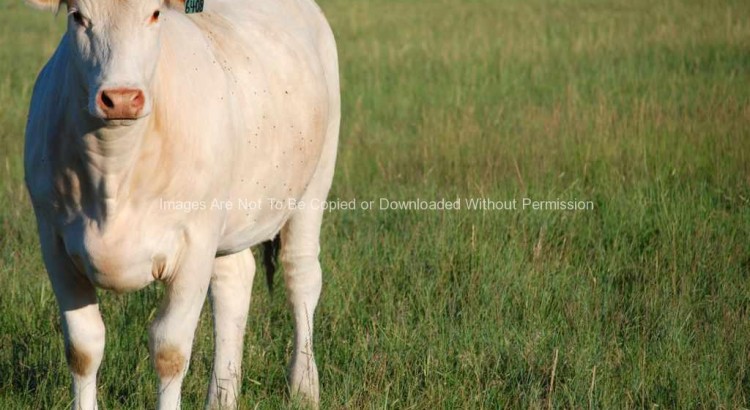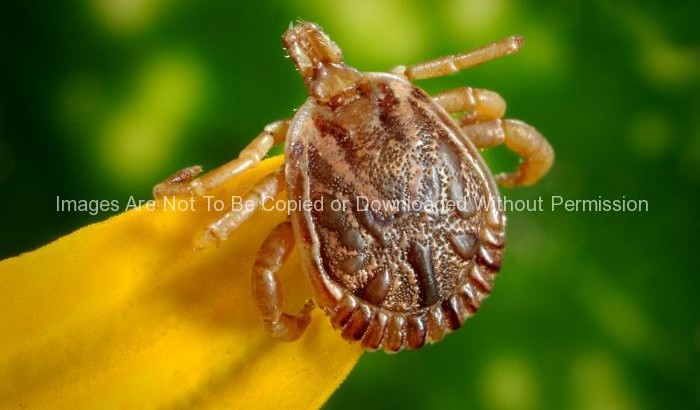Flower Stock Photos – red flowers in a hanging basket. Sky in the background.
Keywords: flowers, red, nature
Stock Photo ID# BT19
Flower Stock Photos – red flowers in a hanging basket. Sky in the background.
Keywords: flowers, red, nature
Stock Photo ID# BT19

Nature Stock Photos – An NIV Bible sitting on a boulder in the middle of the St. Vrain River near Lyons, Colorado.
Keywords: Bible, abstract, nature, river, water
Stock Photo ID# BT20

Nature Stock Photos – A Bible sitting on a boulder in St. Vrain River opened to Romans 6.
Keywords: Bible, abstract, rock, nature
Stock Photo ID# BT21
Fashion Stock Photos – blue dress on a mannequin in Old Town Ft. Collins, Colorado
Keywords: dummy, mannequin, manequin, aqua dress, fine fashion
Stock Photo ID# BT23
People Stock Photos – Families swimming in a swimming pool at the DFW Hyatt Regency Hotel.
Keywords: families, family, swimming, swimming pool, arial photo, fun, family fun, staying cool, summer fun
Stock Photo ID# BT27

Africa Stock Photos: This is a statue of Shapona, the West African God of Smallpox. It is part of the CDC’s Global Health Odyssey (GHO) collection of artifacts. A uniquely carved wooden figure, it is adorned with layers of meaningful objects such as monkey skulls, cowrie shells, and nails. Donated in 1995 by Ilze and Rafe Henderson, it was created by a traditional healer who made approximately 50 Shaponas as commemorative objects for the CDC, WHO, and other public health experts attending a 1969 conference on smallpox eradication
Smallpox was thought to be a disease foisted upon humans due to Shapona’s “divine displeasure”, and formal worship of the God of Smallpox was highly controlled by specific priests in charge of shrines to the God. People believed that if angered, the priests themselves were capable of causing smallpox outbreaks through their intimate relationship with Shapona. Suspecting that the priests were deliberately spreading the viral disease, the British colonial rulers banned the worship of Shapona in 1907; however, worshiping the deity continued with the faithful paying homage to the God even after such activities were prohibited.
Keywords: Africa, Africans, Smallpox, idols, fake gods, gods of diseases

Rural Stock Photos – White cow (charloias) in a green field.
keywords: cow, cattle, green, white, agriculture. farm animal
Stock Photo ID# BT90

This photograph depicts a dorsal view of a male cayenne tick, Amblyomma cajennense. This tick specie is a known North, Central and South American vector of Rickettsia rickettsii, which is the etiologic agent of Rocky Mountain spotted fever (RMSF).
Note the large scutum, or “shield”, which unlike its female counterpart, covers the entire surface of this specimen’s dorsal abdomen. Like the female of the specie, the male also possesses four pairs of legs, placing it in the class of Arachnida, as are spiders and scorpions. Two of this specimen’s legs are tucked up underneath its abdomen.
Rocky Mountain spotted fever, like all rickettsial infections, is classified as a zoonosis. Zoonoses are diseases of animals that can be transmitted to humans. Many zoonotic diseases require a biological vector (e.g., a mosquito, tick, flea, or mite) in order to be transmitted from the animal host to the human host. In the case of RMSF, ticks are the natural hosts, serving as both reservoirs and vectors of R. rickettsii. Ticks transmit the organism to vertebrates primarily by their bite. Less commonly, infections may occur following exposure to crushed tick tissues, fluids, or tick feces.

This photograph depicts a dorsal view of a male cayenne tick, Amblyomma cajennense. This tick specie is a known North, Central and South American vector of Rickettsia rickettsii, which is the etiologic agent of Rocky Mountain spotted fever (RMSF).
Note the large scutum, or “shield”, which unlike its female counterpart, covers the entire surface of this specimen’s dorsal abdomen. Like the female of the specie, the male also possesses four pairs of legs, placing it in the class of Arachnida, as are spiders and scorpions. Two of this specimen’s legs are tucked up underneath its abdomen.
Rocky Mountain spotted fever, like all rickettsial infections, is classified as a zoonosis. Zoonoses are diseases of animals that can be transmitted to humans. Many zoonotic diseases require a biological vector (e.g., a mosquito, tick, flea, or mite) in order to be transmitted from the animal host to the human host. In the case of RMSF, ticks are the natural hosts, serving as both reservoirs and vectors of R. rickettsii. Ticks transmit the organism to vertebrates primarily by their bite. Less commonly, infections may occur following exposure to crushed tick tissues, fluids, or tick feces.